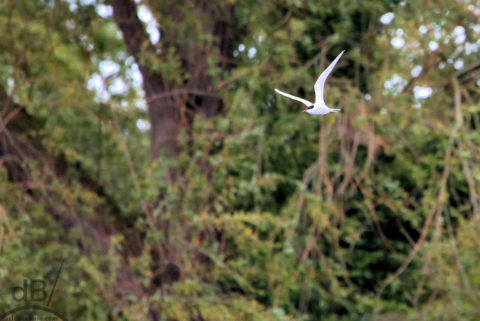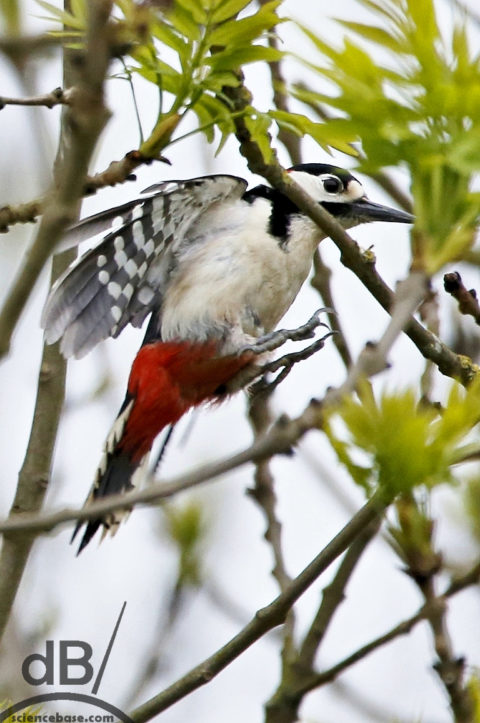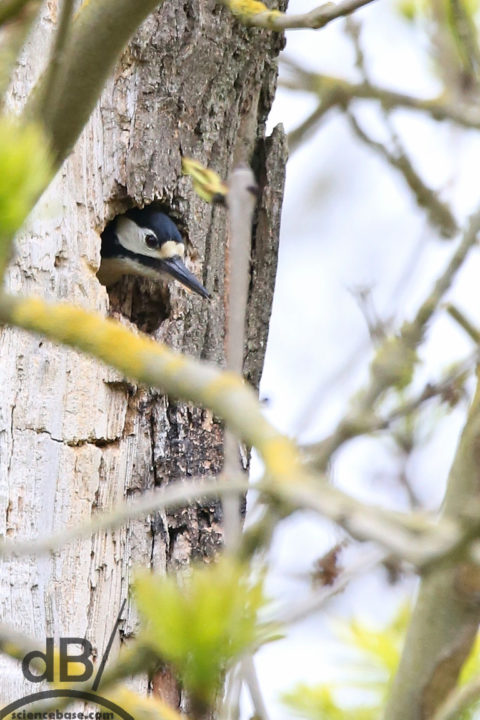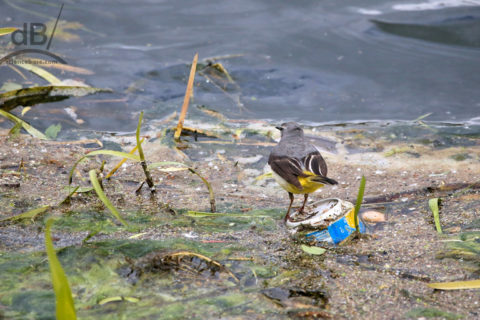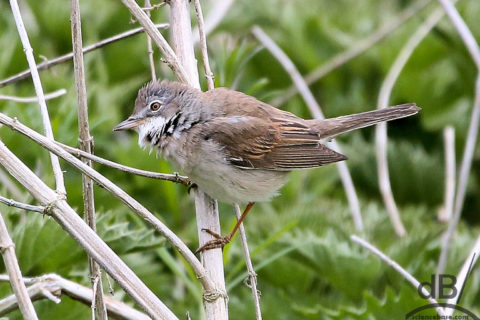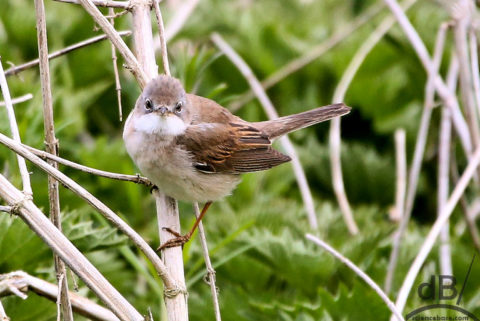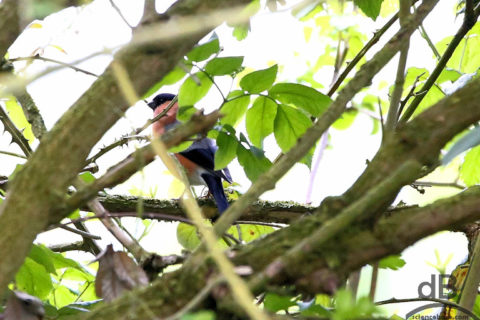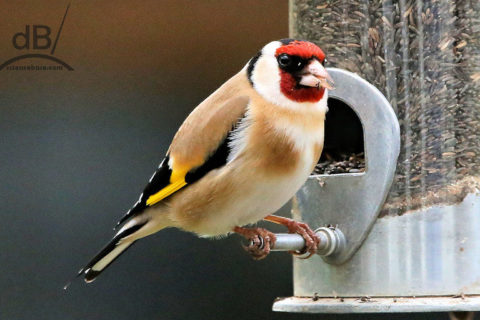The Eurasian bittern or great bittern (Botaurus stellaris) is a heron-type wading bird. Unlike the little egret and the grey heron, it’s a more camouflaged mix of speckled browns. Rarely seen, but often recognised across a reed bed or watery habitat by its low booming call (sounds a bit like somebody blowing across the neck of a bottle). The bird was essentially extinct in the UK as a breeding species in the UK by 1900. It recolonised in the 1950s with several dozen males counted. Currently, numbers are not too bad with 600 individuals at some 400 sites, according to the RSPB. However, it is still considered to be a threatened species (on the amber list) because of the threat to its wetland habitats from development and climate change as well as its relatively small population.

We visited RSPB Minsmere in the middle of May (2017-05-14) and was hoping to catch sight of a bittern and many other birds from the various hides. On arriving at one particular hide I was lucky enough to spot a bittern landing in the reeds about 500 metres away before I’d even entered the hide. At first, I thought it was a marsh harrier (Circus aeruginosus), there had been three or four of those around that patch. I wasn’t quick enough to get a photo of that particular bittern, but turning around to enter the hide saw another flying fairly low towards the shoreline and fired off a few shots. The one above is the sharpest and best represents the bird’s shape in flight and that speckled brown mottling.
